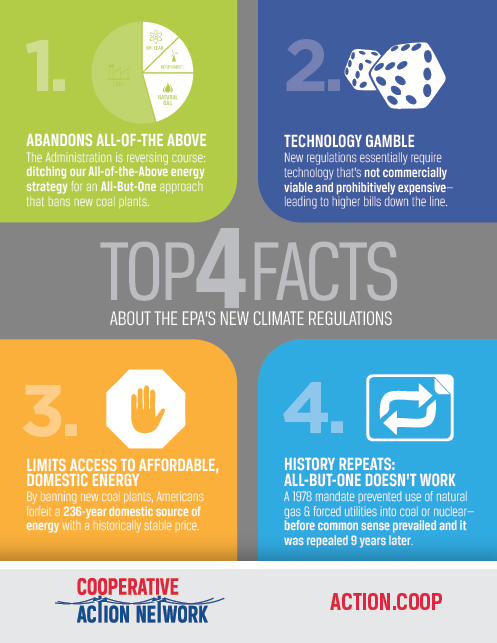Some consider wood a renewable energy resource. And for many people, especially those living in rural areas, wood stoves are an important source of heat. Unfortunately, it is going to become more expensive to buy a new wood stove due to proposed Environmental Protection Agency regulations.
About 11.5 million U.S. homes use wood for heat. And although it is a carbon-neutral fuel, burning wood emits fine particulate pollution made up of solid particles and liquid droplets that measure 2.5 micrometers in diameter or less. The EPA currently certifies non-catalytic wood stoves if they produce less than 7.5 grams of fine particulate per hour. The proposed regulation would reduce that to 4.5 grams per hour for stoves manufactured next year, and would tighten it again in 2019 with a limit of 1.3 grams per hour.
Rep. Thomas Massey (R-KY) questioned the need for the new regulation at a Nov. 14 hearing on accountability at the EPA. He said, “First the Administration went after coal, now it is coming after wood heat. On my farm, wood is an abundant, renewable, carbon-neutral energy source that keeps us warm in the winter, and teaches my children the value of hard work. And we burn it responsibly. Federal regulation of wood burning is misguided.”
The EPA has countered that the new stoves would be more efficient and for every dollar spent to comply with the new standards, Americans could see health benefits worth between $118 and $267.
Just as the electric co-ops have encouraged members to go to www.action.coop to comment about the affordability of new regulations on coal-fired plants, you can comment on the new proposed EPA wood heater regulations. Go to www2.epa.gov/residential-wood-heaters/how -comment-proposed-new-source-performance-standards-residential-wood.








